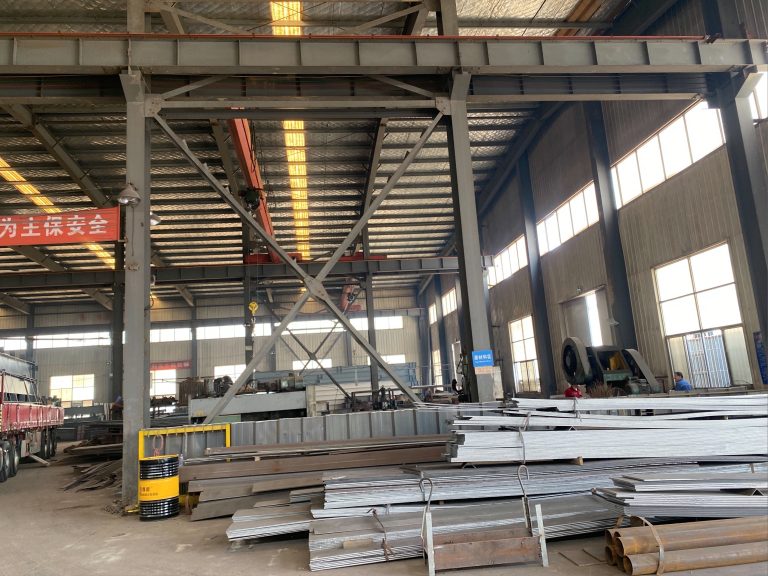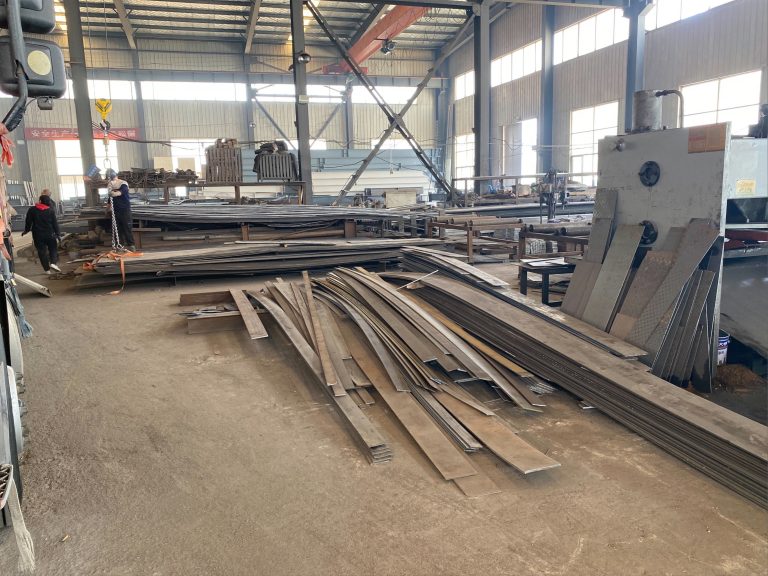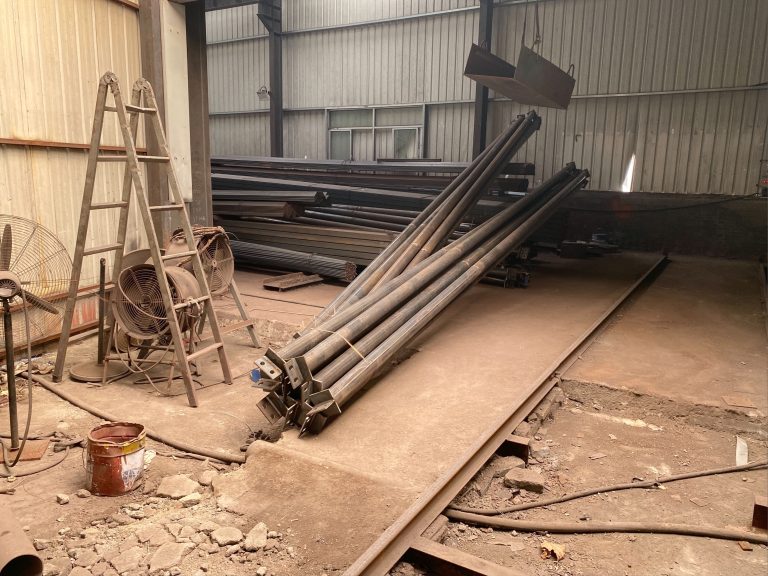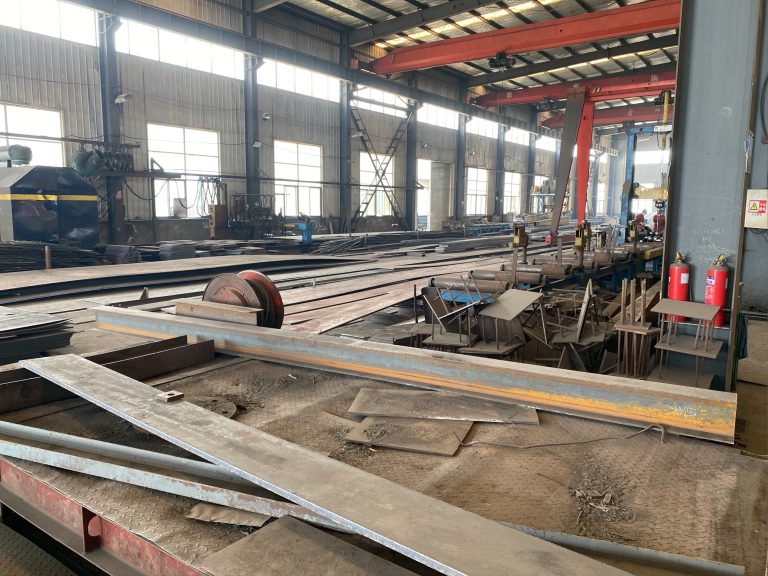Steel Building Energy Efficiency Standards
Table of Contents
Benefits of Meeting Steel Building Energy Efficiency Standards
Steel buildings have become increasingly popular in the construction industry due to their durability, cost-effectiveness, and sustainability. In recent years, there has been a growing emphasis on energy efficiency in building design and construction. Meeting steel building energy efficiency standards is not only beneficial for the environment but also for the building owner in terms of cost savings and overall comfort.
One of the key benefits of meeting steel building energy efficiency standards is the reduction in energy consumption. By incorporating energy-efficient design features such as high-performance insulation, reflective roofing materials, and energy-efficient windows, steel buildings can significantly reduce their energy usage. This not only helps to lower utility bills but also reduces the building’s carbon footprint, making it a more sustainable option for construction.
In addition to reducing energy consumption, meeting steel building energy efficiency standards can also improve indoor comfort. Energy-efficient buildings are better equipped to maintain a consistent temperature throughout the year, reducing the need for heating and cooling systems to work overtime. This can result in a more comfortable indoor environment for occupants, with fewer temperature fluctuations and drafts.
Furthermore, energy-efficient steel buildings are often equipped with advanced ventilation systems that help to improve indoor air quality. Proper ventilation is essential for removing pollutants and allergens from the air, creating a healthier and more comfortable living or working environment. By meeting energy efficiency standards, steel buildings can ensure that occupants are breathing clean, fresh air at all times.
Another benefit of meeting steel building energy efficiency standards is the potential for increased property value. Energy-efficient buildings are in high demand among buyers and tenants who are looking to reduce their environmental impact and save on energy costs. By investing in energy-efficient design features, building owners can attract a wider pool of potential buyers or tenants, ultimately increasing the value of their property.
Additionally, meeting steel building energy efficiency standards can help building owners comply with local building codes and regulations. Many municipalities now require new construction projects to meet certain energy efficiency standards in order to reduce greenhouse gas emissions and combat climate change. By ensuring that their steel building meets these standards, owners can avoid costly fines and penalties and ensure that their project is in compliance with all relevant regulations.
Overall, meeting steel building energy efficiency standards offers a wide range of benefits for building owners, occupants, and the environment. From reducing energy consumption and improving indoor comfort to increasing property value and ensuring compliance with regulations, energy-efficient steel buildings are a smart choice for any construction project. By investing in energy-efficient design features, building owners can create a sustainable, comfortable, and cost-effective building that will stand the test of time.
How to Achieve Compliance with Steel Building Energy Efficiency Standards
Steel buildings have become increasingly popular in the construction industry due to their durability, cost-effectiveness, and sustainability. However, as the demand for energy-efficient buildings continues to rise, it is essential for steel buildings to meet certain energy efficiency standards. Achieving compliance with these standards not only helps reduce energy consumption and lower utility costs but also contributes to a more sustainable environment.
One of the key factors in achieving compliance with steel building energy efficiency standards is proper insulation. Insulation plays a crucial role in regulating the temperature inside the building, reducing the need for heating and cooling systems to work overtime. By investing in high-quality insulation materials, steel building owners can significantly improve the energy efficiency of their structures.
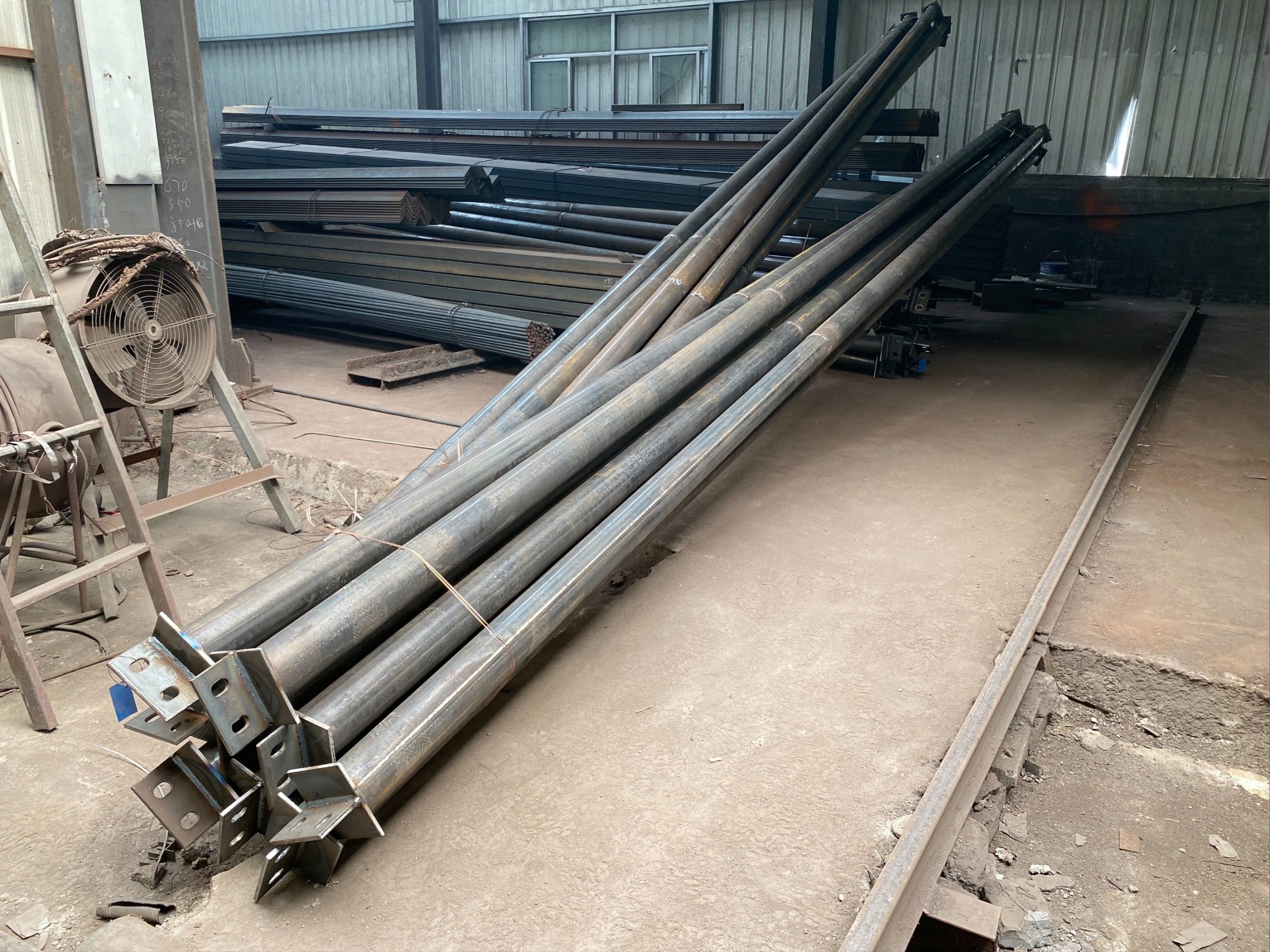
In addition to insulation, the design and layout of a steel building also play a significant role in its energy efficiency. Properly positioning windows and doors to maximize natural light and ventilation can help reduce the reliance on artificial lighting and air conditioning. Furthermore, incorporating energy-efficient fixtures and appliances can further enhance the overall energy performance of the building.
Another important aspect of achieving compliance with steel building energy efficiency standards is the use of energy-efficient HVAC systems. Heating, ventilation, and air conditioning systems account for a significant portion of a building’s energy consumption. By investing in energy-efficient HVAC systems, steel building owners can reduce their energy costs while also minimizing their environmental impact.
Regular maintenance and monitoring of energy consumption are also essential in achieving compliance with energy efficiency standards. By conducting regular energy audits and implementing energy-saving practices, steel building owners can identify areas for improvement and make necessary adjustments to optimize energy efficiency.
Furthermore, incorporating renewable energy sources such as solar panels or wind turbines can further enhance the energy efficiency of a steel building. By generating clean and sustainable energy on-site, steel building owners can reduce their reliance on traditional energy sources and lower their carbon footprint.
In conclusion, achieving compliance with steel building energy efficiency standards requires a combination of proper insulation, energy-efficient design, high-quality fixtures and appliances, energy-efficient HVAC systems, regular maintenance, and monitoring, and the incorporation of renewable energy sources. By investing in these measures, steel building owners can not only reduce their energy costs but also contribute to a more sustainable environment. As the demand for energy-efficient buildings continues to grow, it is essential for steel building owners to prioritize energy efficiency and take proactive steps to achieve compliance with energy efficiency standards. By doing so, they can reap the benefits of lower energy costs, improved comfort, and a reduced environmental impact.

